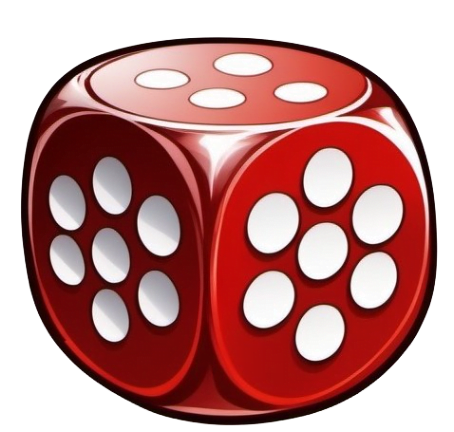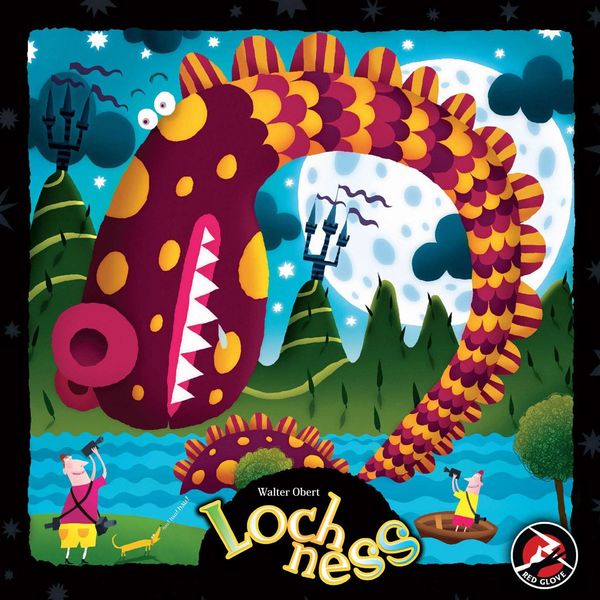Loch Ness (2010) Board Game
Loch Ness is a children’s board game released in 2010, designed by Piotr Socha. The game is set around the legendary Loch Ness monster and players take on the role of investigators trying to find evidence of its existence.
Game Components of Loch Ness
How To Setup Loch Ness
To set up the game, players place the game board in the middle of the playing area, each choosing a photographer game piece. The Nessie game piece is placed on the board according to the starting rules. Camera tokens and the scoreboard are distributed as per the instructions in the rulebook.
Gameplay Mechanics and Game Objective
Player Experience
In **Loch Ness**, players engage in a fun and strategic game where they need to balance the movement of their photographers with the unpredictable movements of Nessie. The game is easy to learn, making it a great introduction to more complex board games for children. However, it also offers enough depth for adults to enjoy.
Pros
Cons
Personal Thoughts on Loch Ness
**Loch Ness** is ideal for families or casual game nights where the focus is on fun rather than intense competition. It serves as a great introductory game for children, teaching basic game mechanics like area control and worker placement. For adults, it offers a light-hearted, enjoyable experience that doesn’t require a significant time commitment. Overall, it’s a charming game that brings a touch of Scottish folklore to your gaming table.
We are supported by our audience. When you purchase through links on our site, we may earn an affiliate commission, at no extra cost for you. Learn more.

